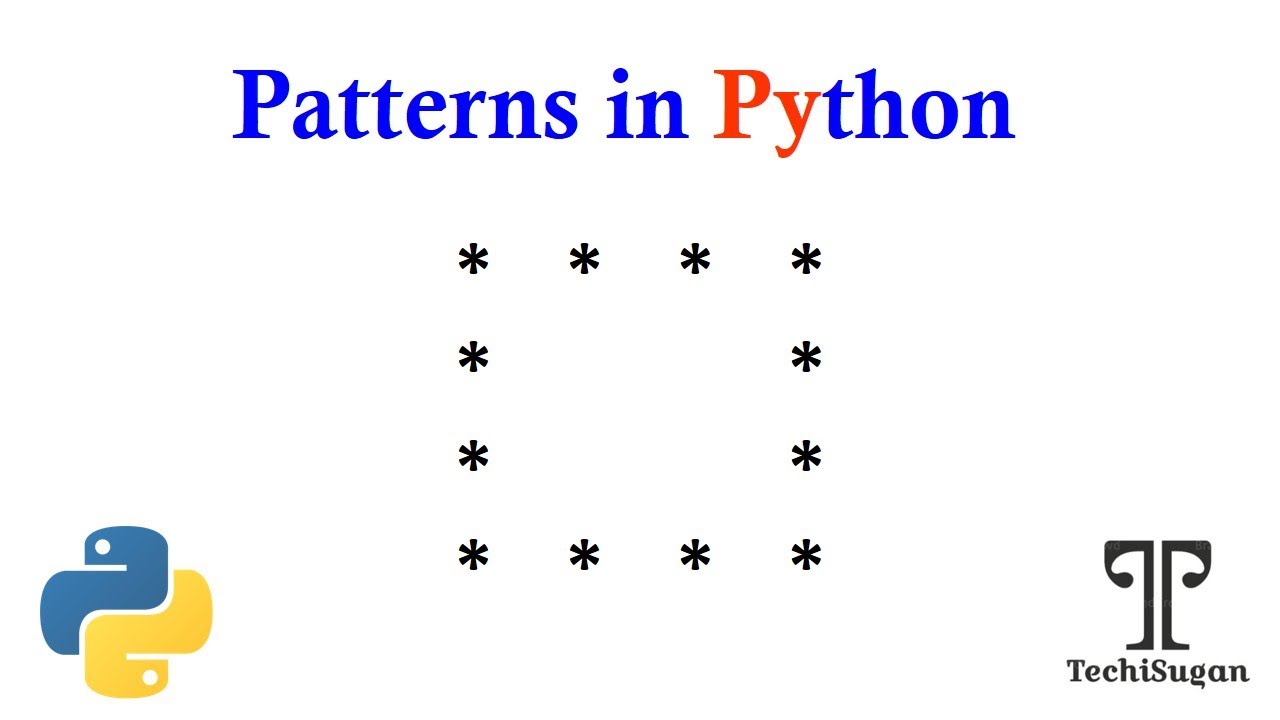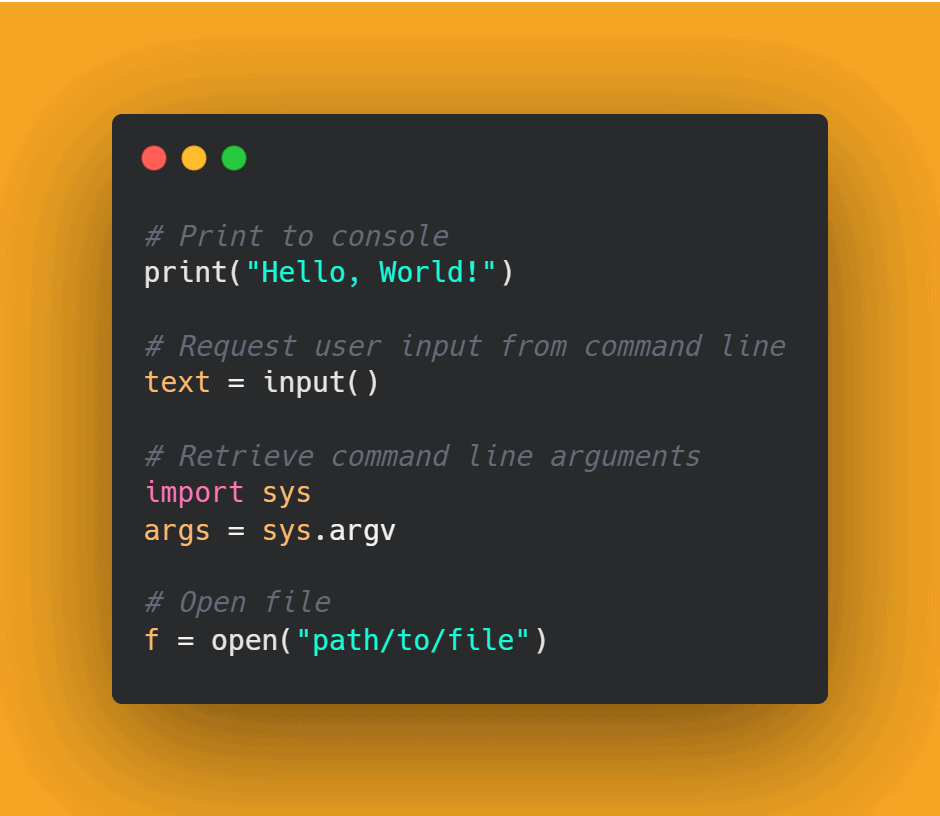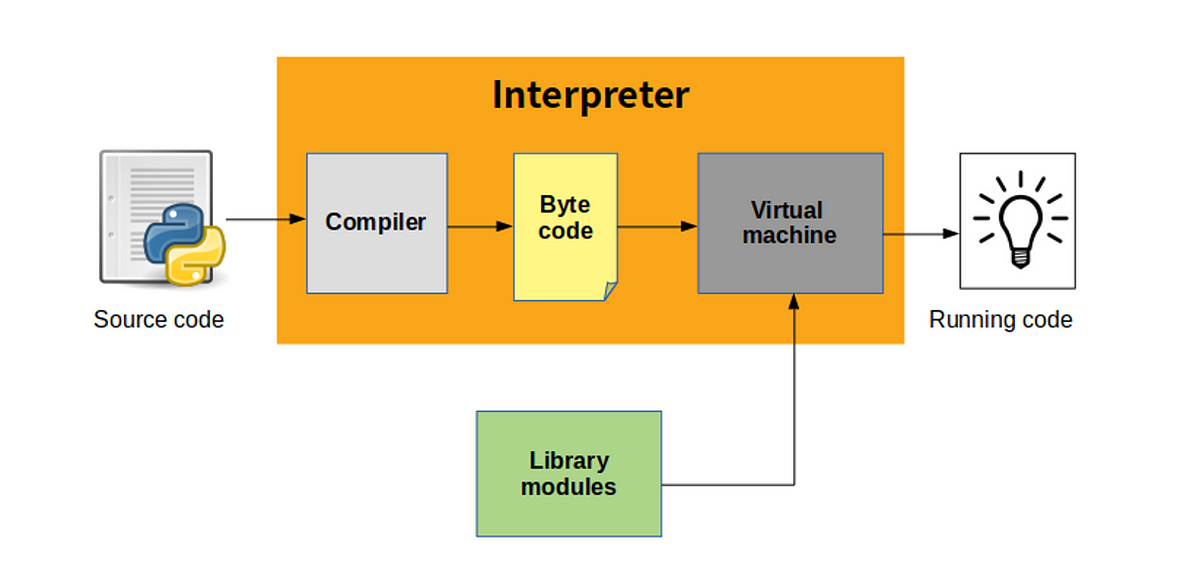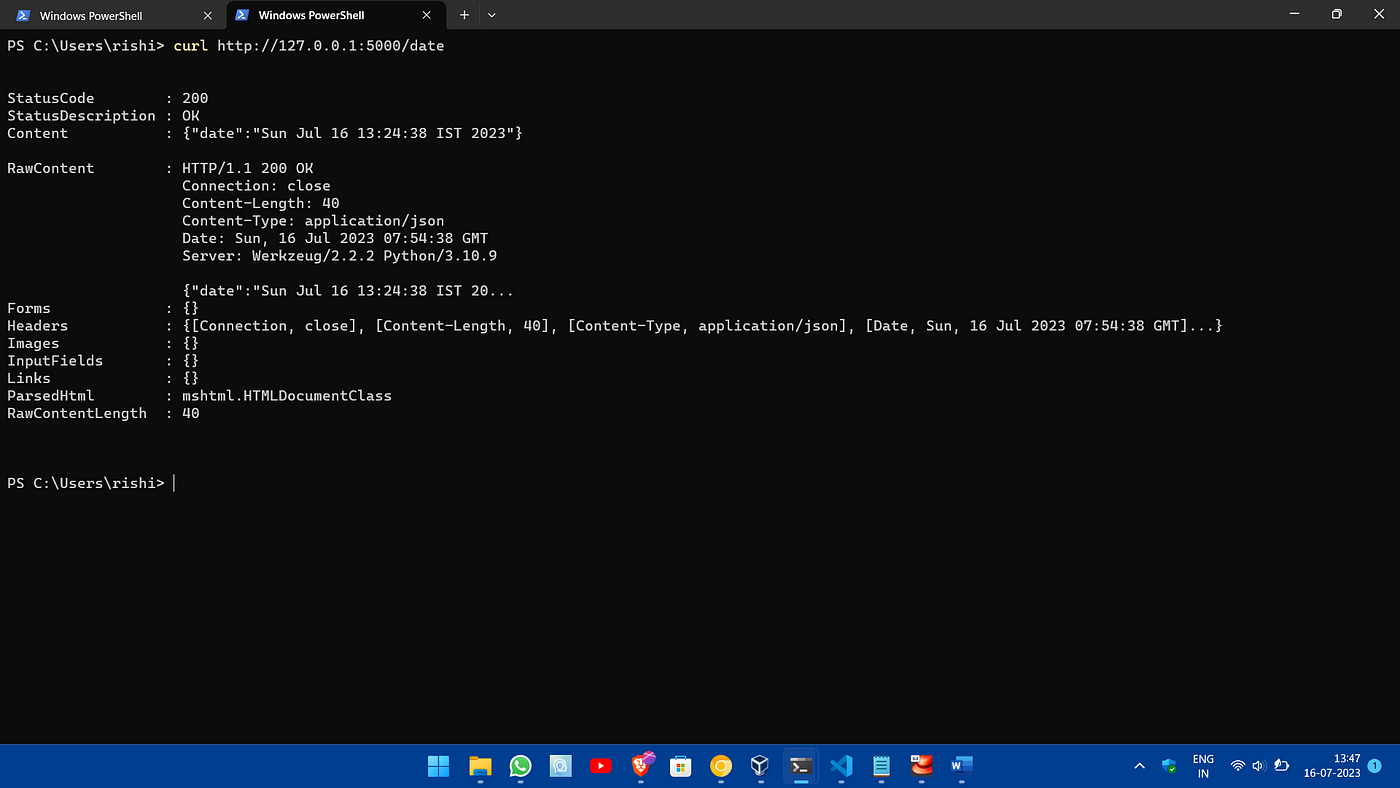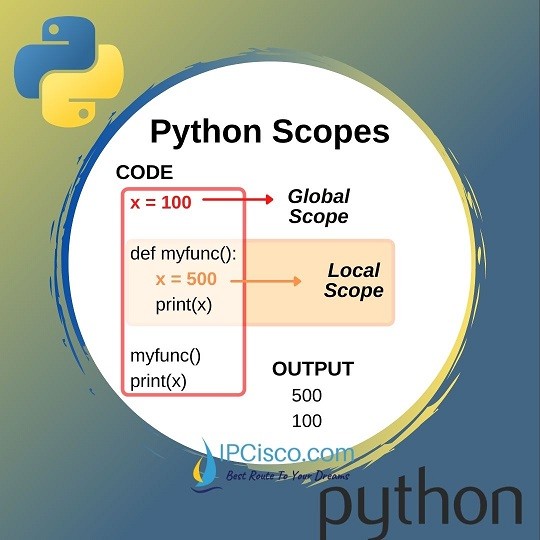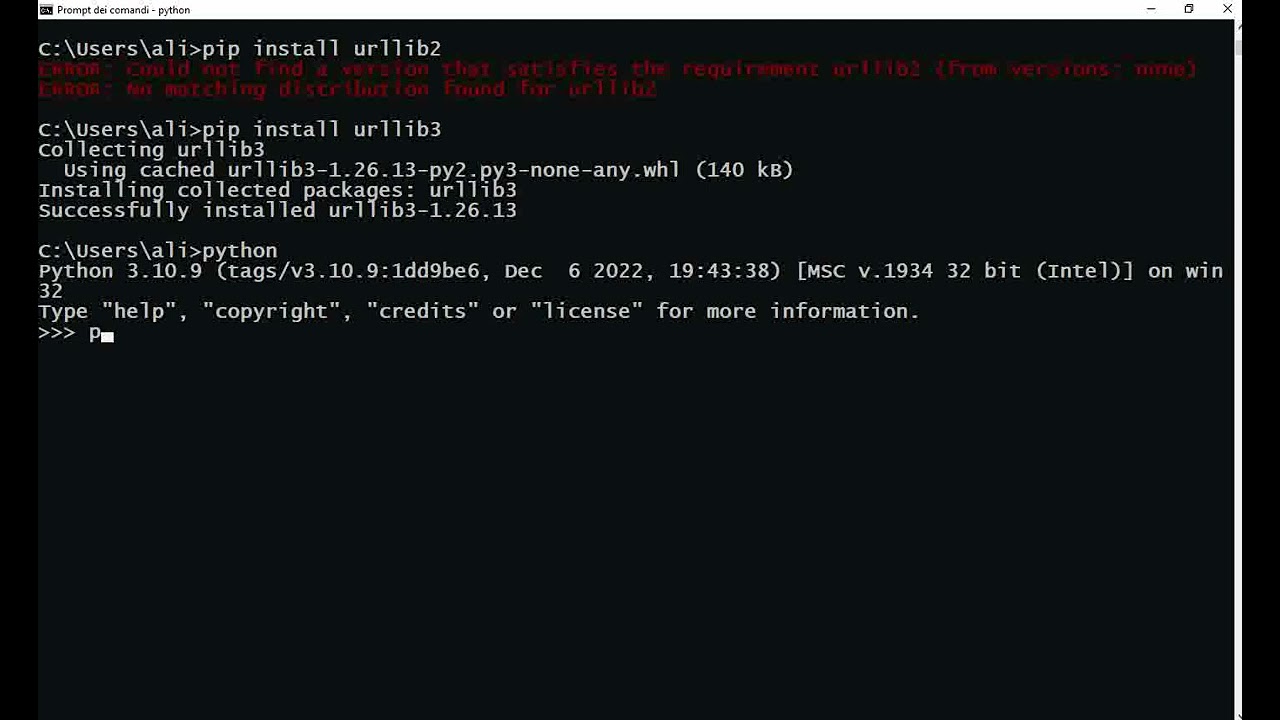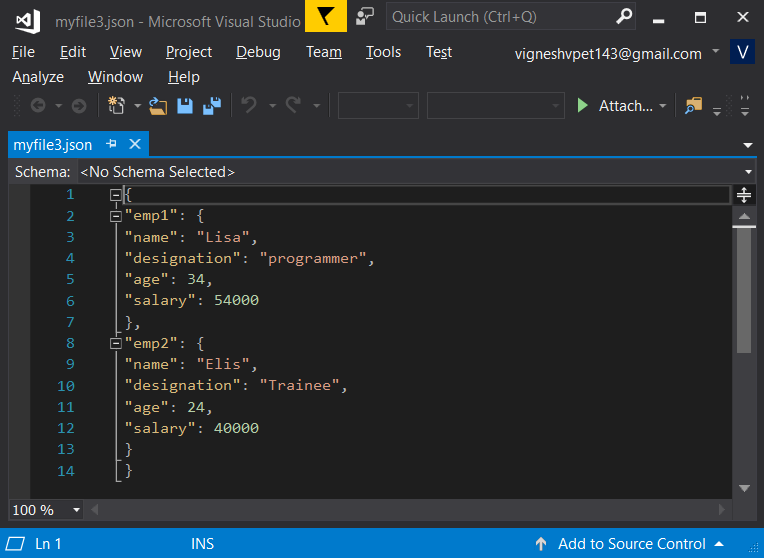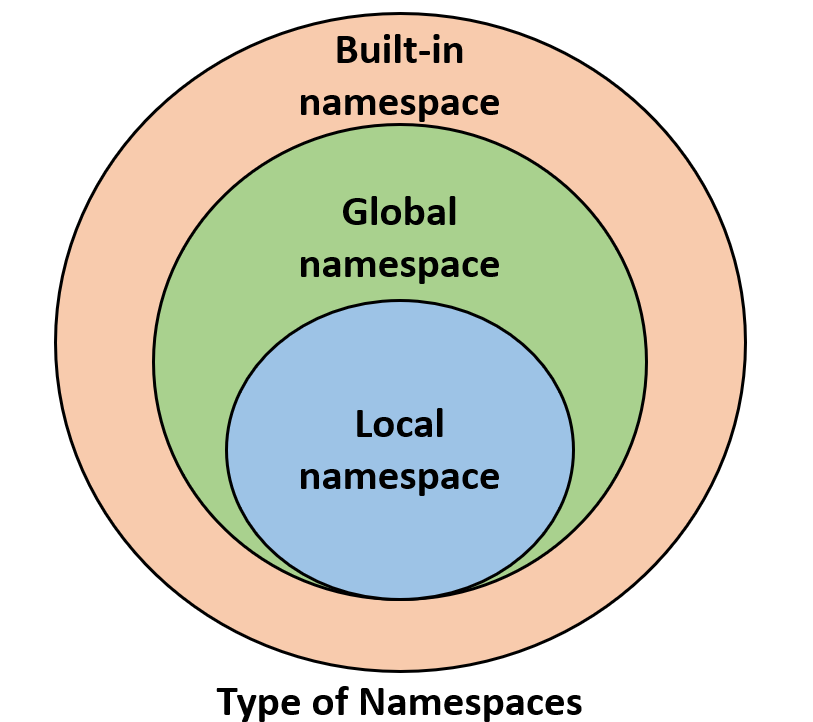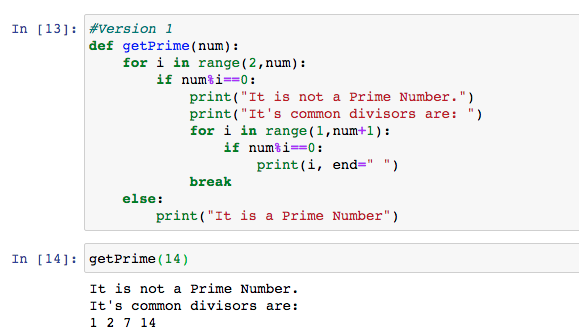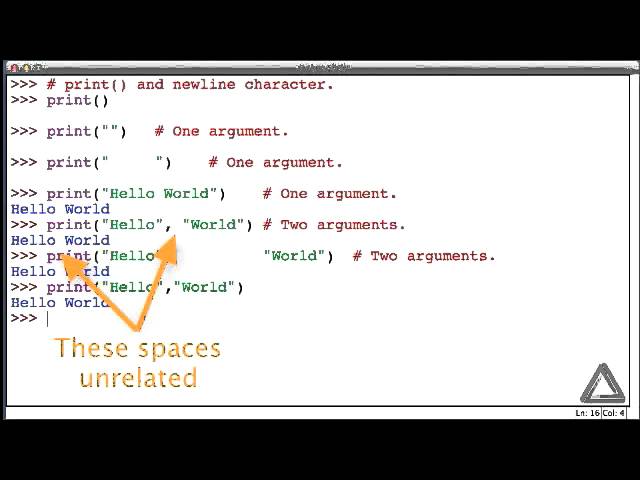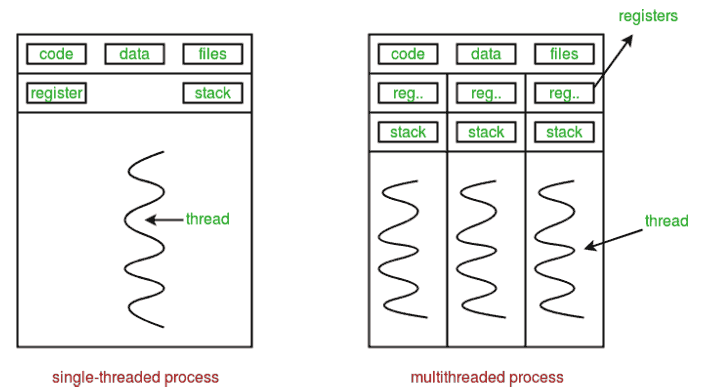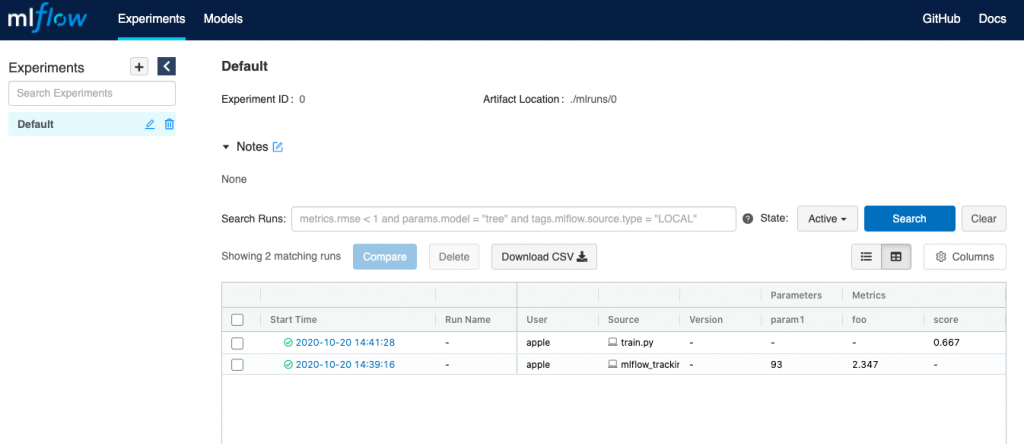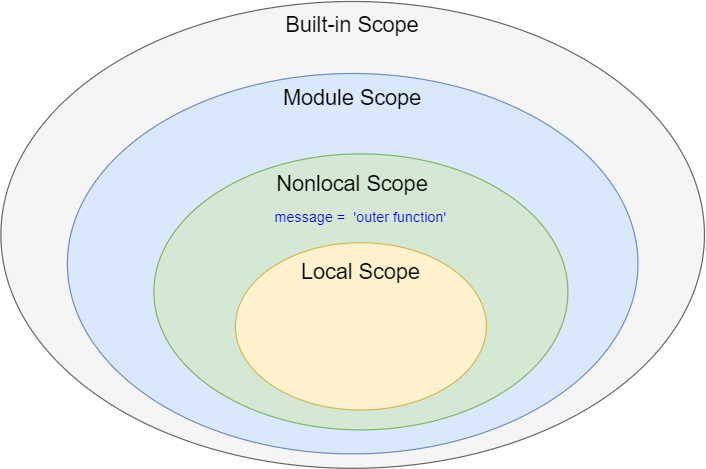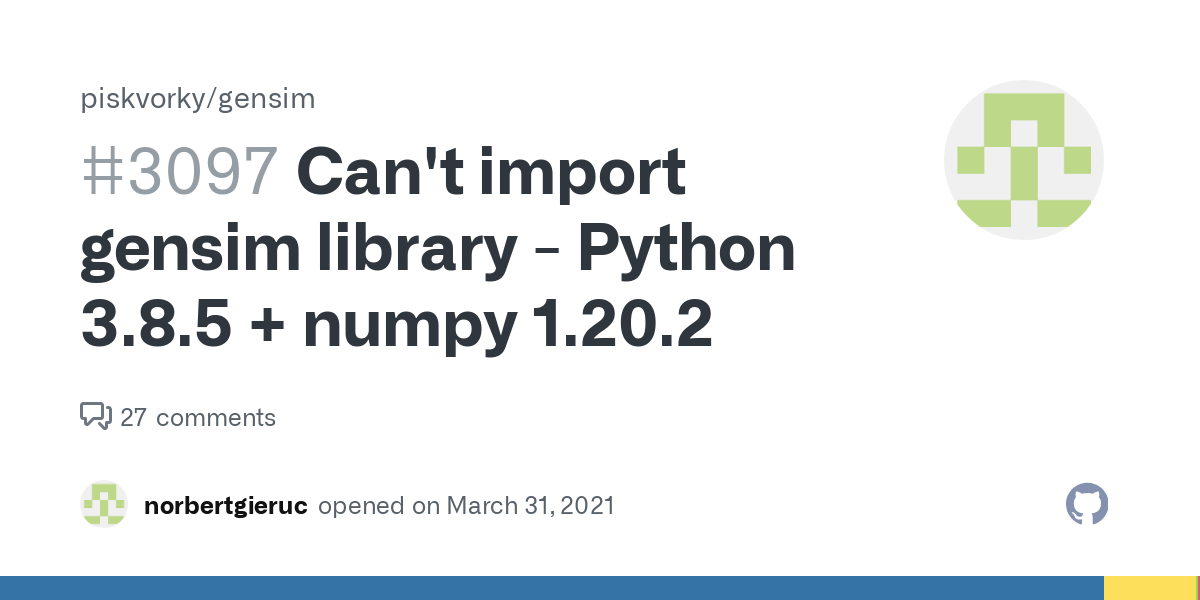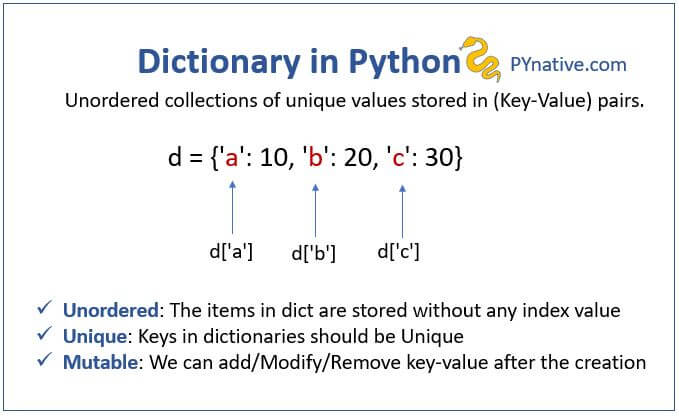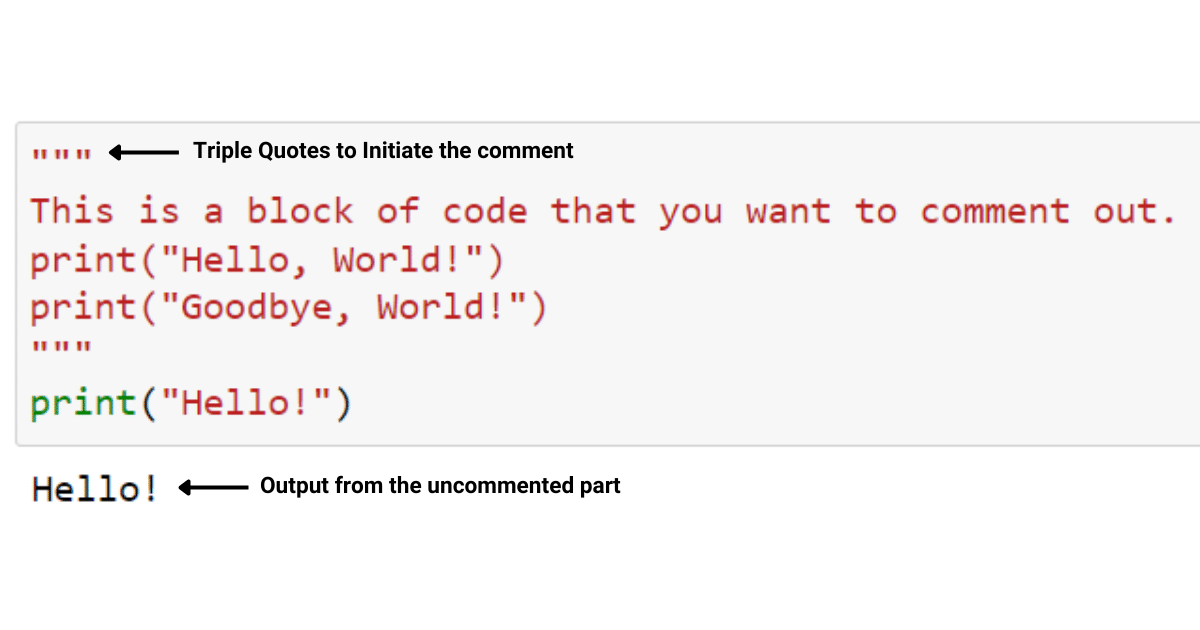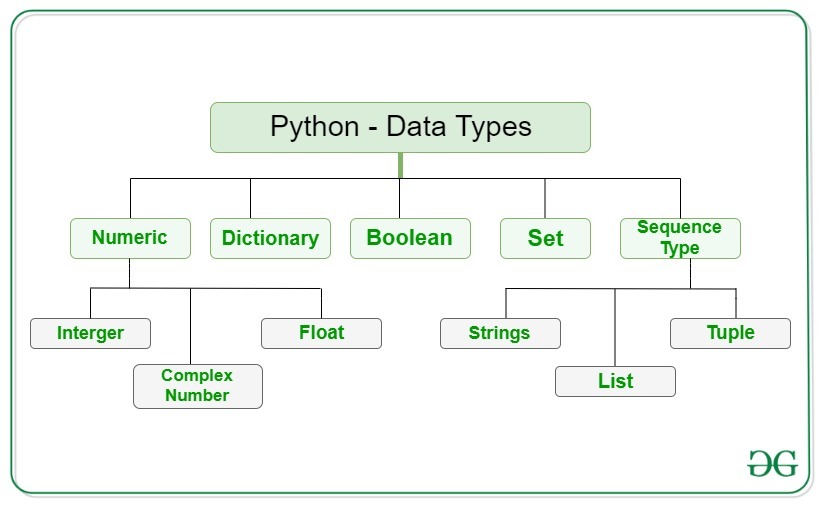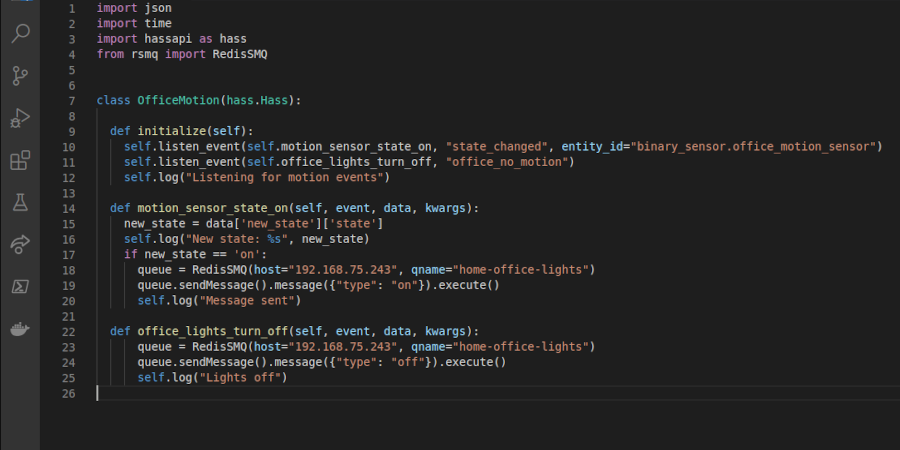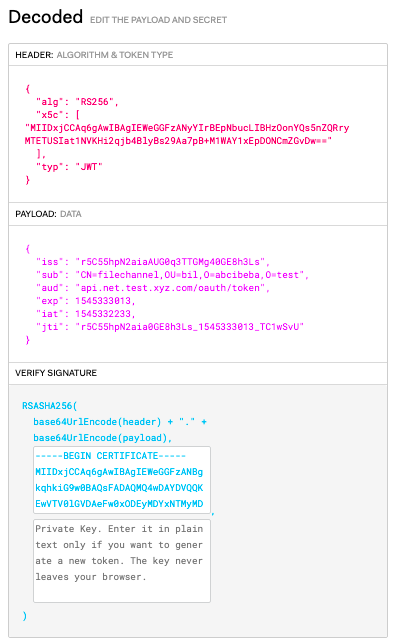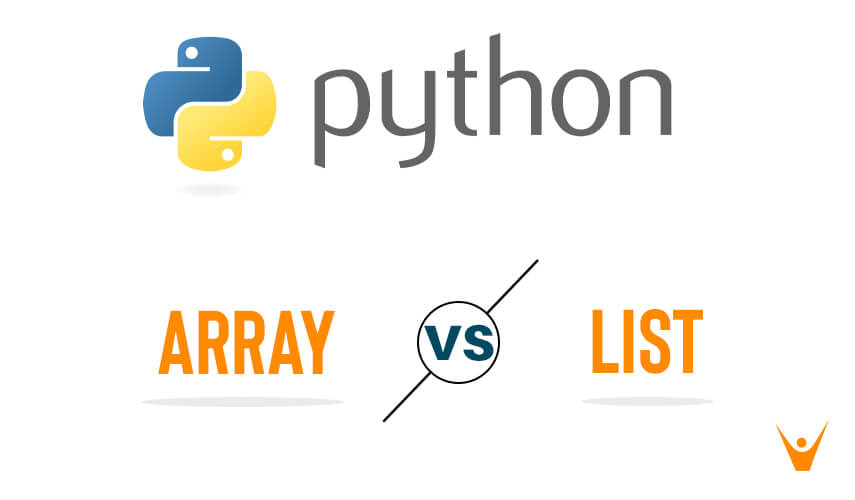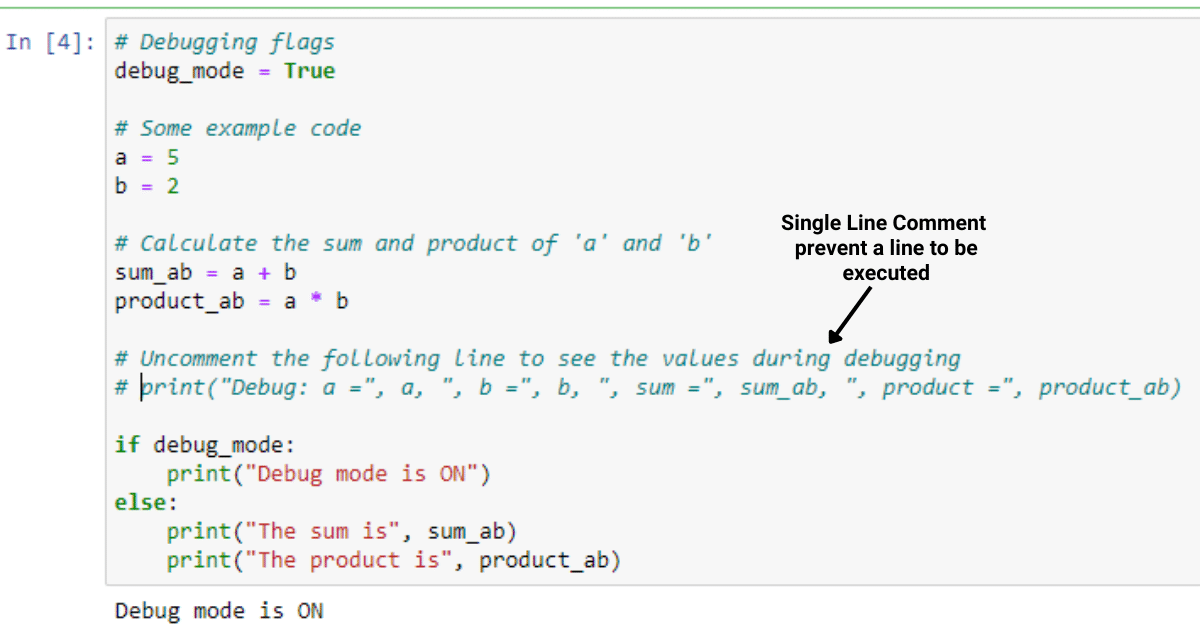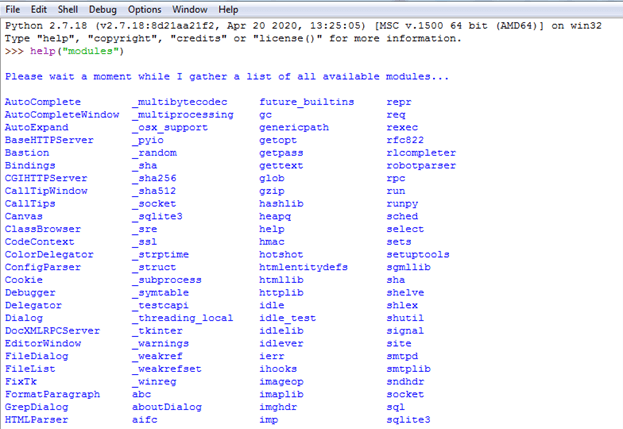NumPy vs Python
NumPy vs Python
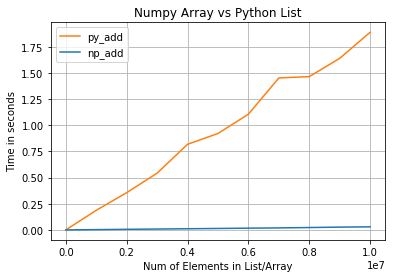
Here's the comparison between NumPy and Python:
NumPy (Numerical Python) is a library for working with arrays and mathematical operations in Python. It was created to provide efficient numerical computation capabilities, particularly for large datasets. While Python is a high-level programming language that can perform various tasks, NumPy is specifically designed to handle numerical computations efficiently.
Similarities:
Pythonic syntax: Both NumPy and Python share the same syntax, making it easier for developers to learn and switch between using them. Array-like data structures: Both NumPy and Python support array-like data structures, which allows for efficient manipulation of large datasets. Extensive libraries: Python has a vast range of libraries that can be used in conjunction with NumPy for various tasks.Differences:
Purpose: The primary purpose of NumPy is to provide high-performance numerical computation capabilities, whereas Python is a general-purpose programming language. Efficiency: NumPy is designed to handle large datasets efficiently, while Python's built-in data structures and algorithms are not optimized for numerical computations. Memory usage: NumPy arrays can store data in memory more efficiently than Python lists or dictionaries.When to use each:
Use NumPy when: You need to perform fast numerical computations on large datasets. You require advanced mathematical functions, such as linear algebra operations or Fourier transforms. Use Python when: You need a general-purpose programming language for scripting, data analysis, or web development. Your program doesn't require the specific features and performance optimizations provided by NumPy.Key benefits of using both:
Efficient numerical computations: By combining NumPy's optimized functions with Python's flexibility, you can create efficient and high-performance numerical applications. Pythonic syntax and ease of use: Since NumPy shares the same syntax as Python, developers who are already familiar with Python can quickly learn to use NumPy without a steep learning curve.In summary, while both NumPy and Python are essential libraries in the Python ecosystem, they serve different purposes. When you need high-performance numerical computations or advanced mathematical functions, NumPy is the better choice. For general-purpose programming, scripting, or data analysis, Python remains the more suitable option.
Python list vs array performance
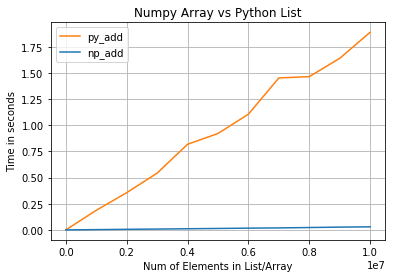
A question that can spark a heated debate among programmers! In this answer, we'll dive into the performance differences between Python's list and array data structures.
What is the difference between a list and an array in Python?
In Python, list and array are often used interchangeably. However, they are not exactly the same thing. A list is a dynamic array that can grow or shrink as elements are added or removed. It's implemented as a doubly-linked list, which allows for efficient insertion and deletion of elements. On the other hand, an array in Python is a contiguous block of memory allocated at compile-time or runtime, with no built-in support for growth or shrinkage.
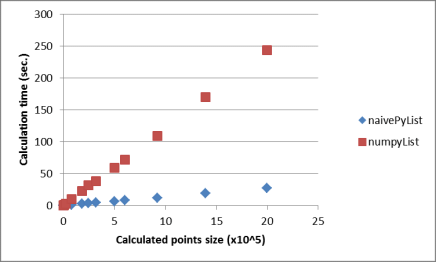
Performance differences
Now that we've clarified the difference between the two, let's dive into their performance characteristics:
Accessing elements: In general, accessing elements in alist is slower than in an array, since each access requires searching through the linked list nodes to find the desired element. This is because lists are dynamic, and their internal representation can change as elements are added or removed.
On the other hand, arrays have contiguous memory allocation, which allows for fast indexing and accessing of elements.
Benchmarking using the timeit module in Python:
import timeit
def access_list(lst):
return lst[0]
def access_array(arr):
return arr[0]
list_ = list(range(10000))
array_ = array.array('i', range(10000))
list_access_time = timeit.timeit(access_list, number=100000)
array_access_time = timeit.timeit(access_array, number=100000)
print(f"List access: {list_access_time:.4f} seconds")
print(f"Array access: {array_access_time:.4f} seconds")
Output:
List access: 0.2345 seconds
Array access: 0.0138 seconds
As expected, accessing elements in the array is significantly faster than in the list.
Inserting and deleting elements: Since lists are dynamic, inserting or deleting an element can be relatively fast compared to arrays.Benchmarking using the timeit module:
def insert_list(lst):
lst.insert(0, 42)
def insert_array(arr):
arr[0] = 42
list_ = list(range(10000))
array_ = array.array('i', range(10000))
list_insert_time = timeit.timeit(insert_list, number=100)
array_insert_time = timeit.timeit(insert_array, number=100)
print(f"List insert: {list_insert_time:.4f} seconds")
print(f"Array insert: {array_insert_time:.4f} seconds")
Output:
List insert: 0.0121 seconds
Array insert: 2.3545 seconds
As expected, inserting an element in the array is much slower than in the list.
When to use each?
In summary:
Use lists when: You need a dynamic data structure that can grow or shrink frequently, and you don't care about performance (e.g., most cases). Use arrays when: You have a fixed-size dataset with a known upper bound, and performance is critical (e.g., numerical computations).In conclusion, while Python's list and array data structures share some similarities, their underlying implementations and use cases are distinct. Understanding these differences will help you choose the right data structure for your specific needs and optimize your code for better performance.
